disc herniation in dogs
A little more information from Ortocanis, do our articles help you?
Definition
Disc herniation is a neurological disease that affects the spine, when part of the intervertebral disc presses on or enters the spinal cord.
The dog has 7 cervical vertebrae, 13 thoracic, 7 lumbar, 3 sacral and, depending on the breed, 20-23 tail vertebrae. The intervertebral discs act as shock absorbers between the vertebrae that make up the spine and at the same time give it its mobility.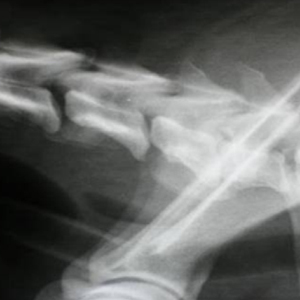
Two types of hernia and their symptoms
It mainly differentiates between two types of disc herniation: Protrusion and Discus Extrusion.
We speak of a Protrusion when the intervertebral disc moves and thus presses on the spinal cord but the spinal cord tissue is intact. The dog shows pain, walks awkwardly, sometimes with a hunched back and may drag its legs a little.
Extrusion means that the disc tissue has ruptured and disc material has entered and damaged the medulla. In this case the symptoms can be similar to that of the Protrusion but more serious. Depending on the location of the hernia, it causes paralysis of the forelimbs and/or hindlimbs. The dog loses sensitivity in those extremities, which manifests itself in the absence of pain, does not stand up and begins to crawl. It may also look like incontinence.
The most important thing in these cases is the rapid diagnosis and intervention of the veterinarian!!
A slight Protrusion can be treated with medication and almost absolute rest, however an Extrusion has to be operated to remove the disc material from the marrow.
But beware – each case of disc herniation is different and depends a lot on its location, to what degree it has pressed or damaged the spinal cord and how long it has been between the first symptom and diagnosis. That is why it is very important to choose a good neurologist.
Physiotherapy – recovery
In both cases, physiotherapy is very important for a good and faster recovery of the animal.
Various massage methods help stimulate the peripheral system and increase blood circulation. Passive joint movement prevents loss of mobility in affected limbs. Electrotherapy stops muscle atrophy and is the only passive way to increase muscle mass.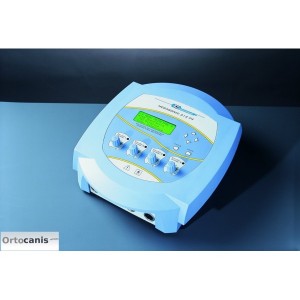
When the dog is already standing, several active exercises are applied to improve stability, balance and coordination.
The owner must take great care with the feeding of his dog during recovery and consult the veterinarian, since the loss of mobility and the same amount of food lead to weight gain – something that should be avoided in any case. Every extra gram makes it more difficult for the dog to get up and walk again.
In the event of a cervical hernia, the use of a harness is recommended to avoid sudden movements in this area and also to raise the food and water bowls so that the dog does not have to bend down too much.
andrea klein
animal physiotherapist
Collaborator of Ortocanis.com

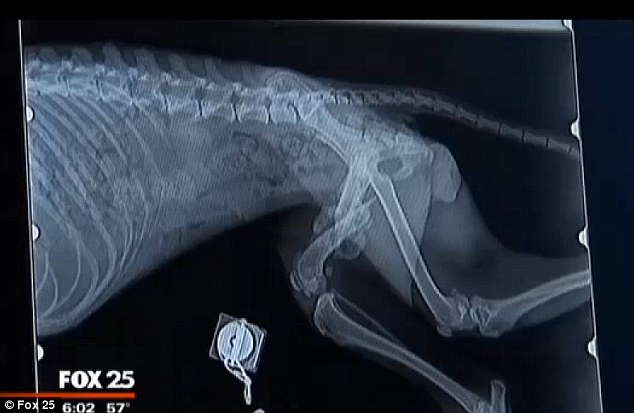

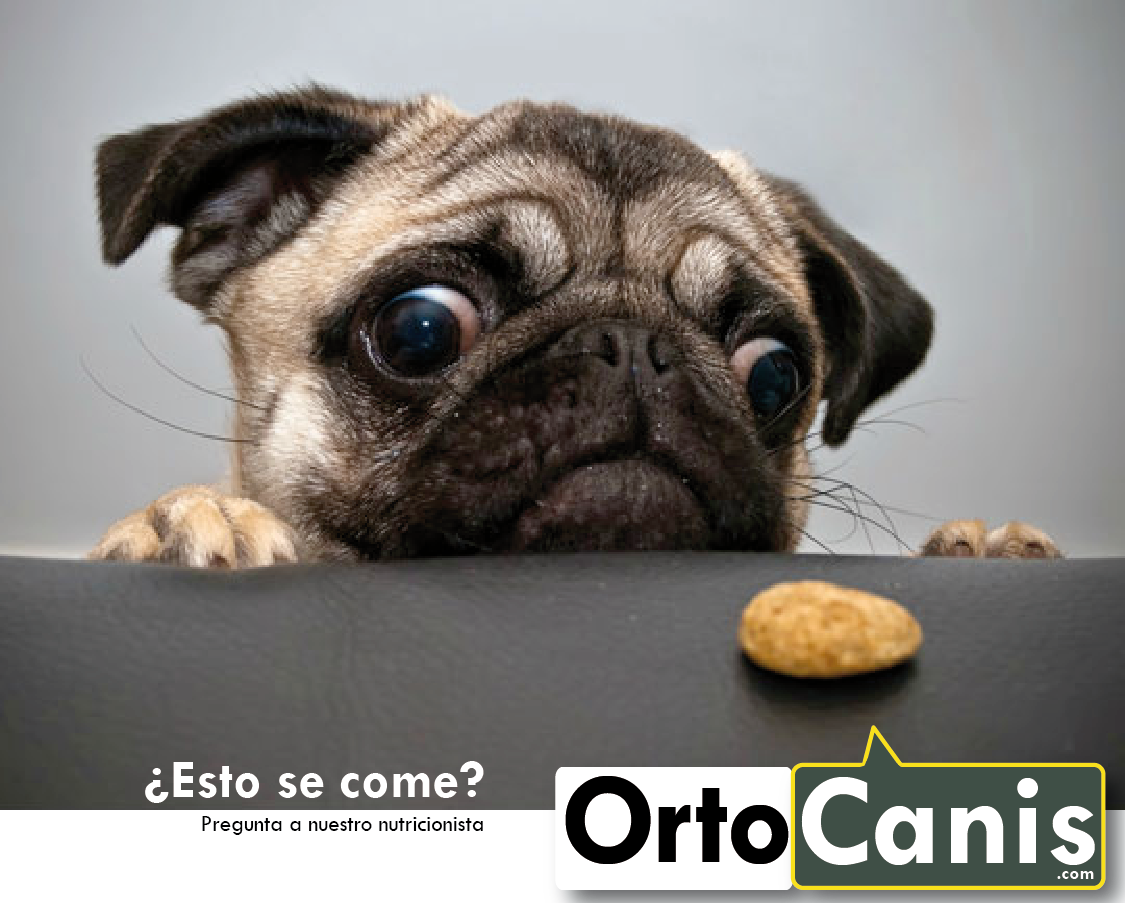
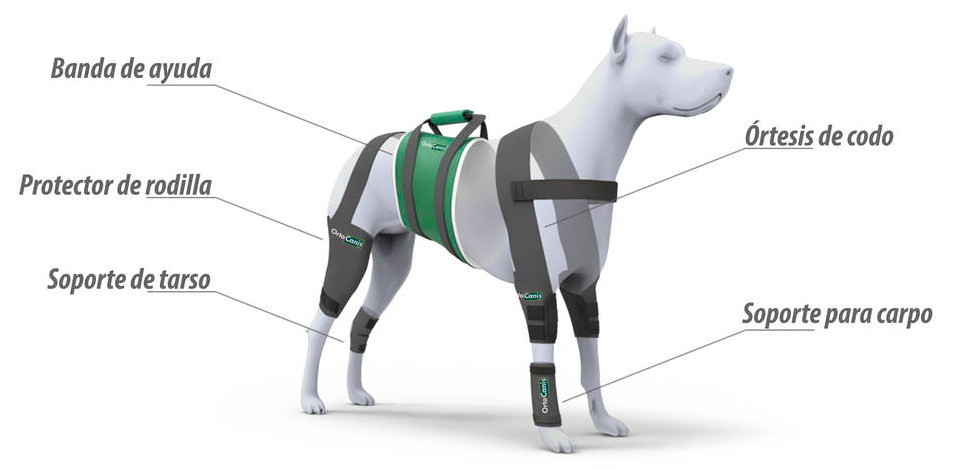
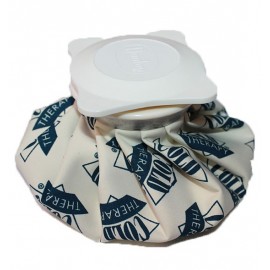
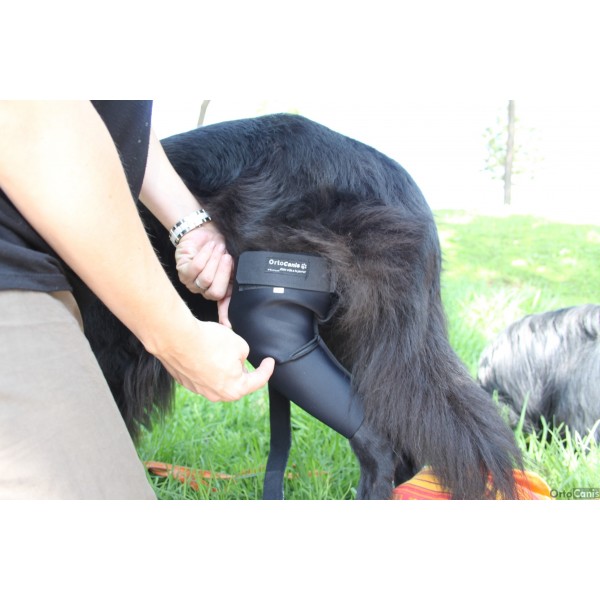
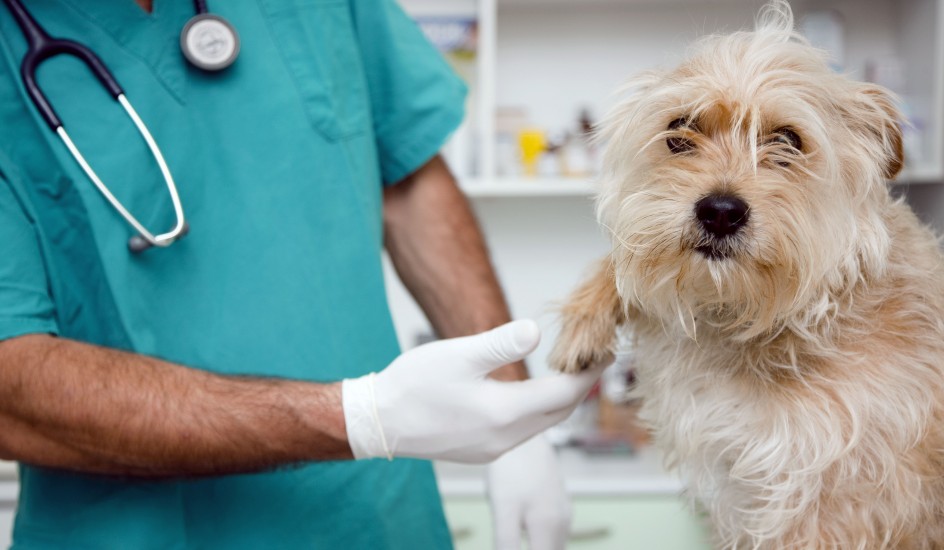
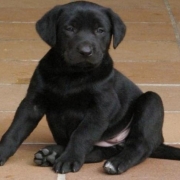
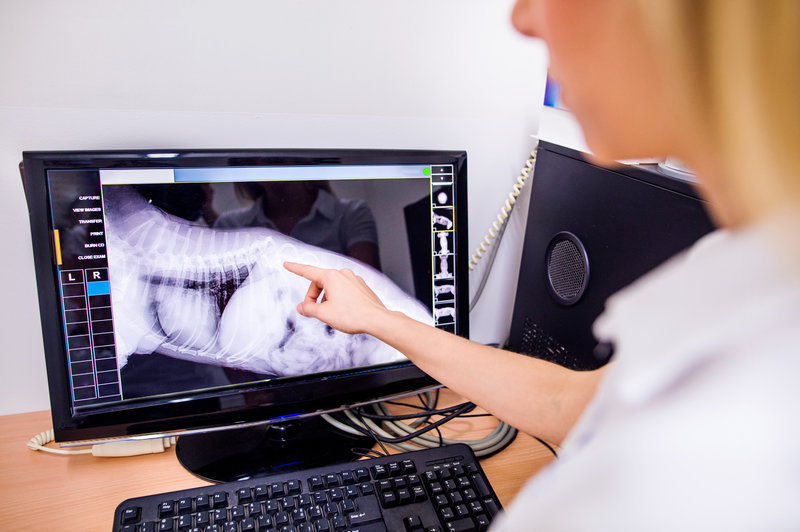
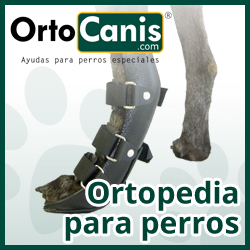

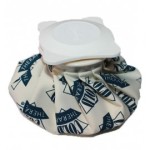
Leave a Reply
Want to join the discussion?Feel free to contribute!